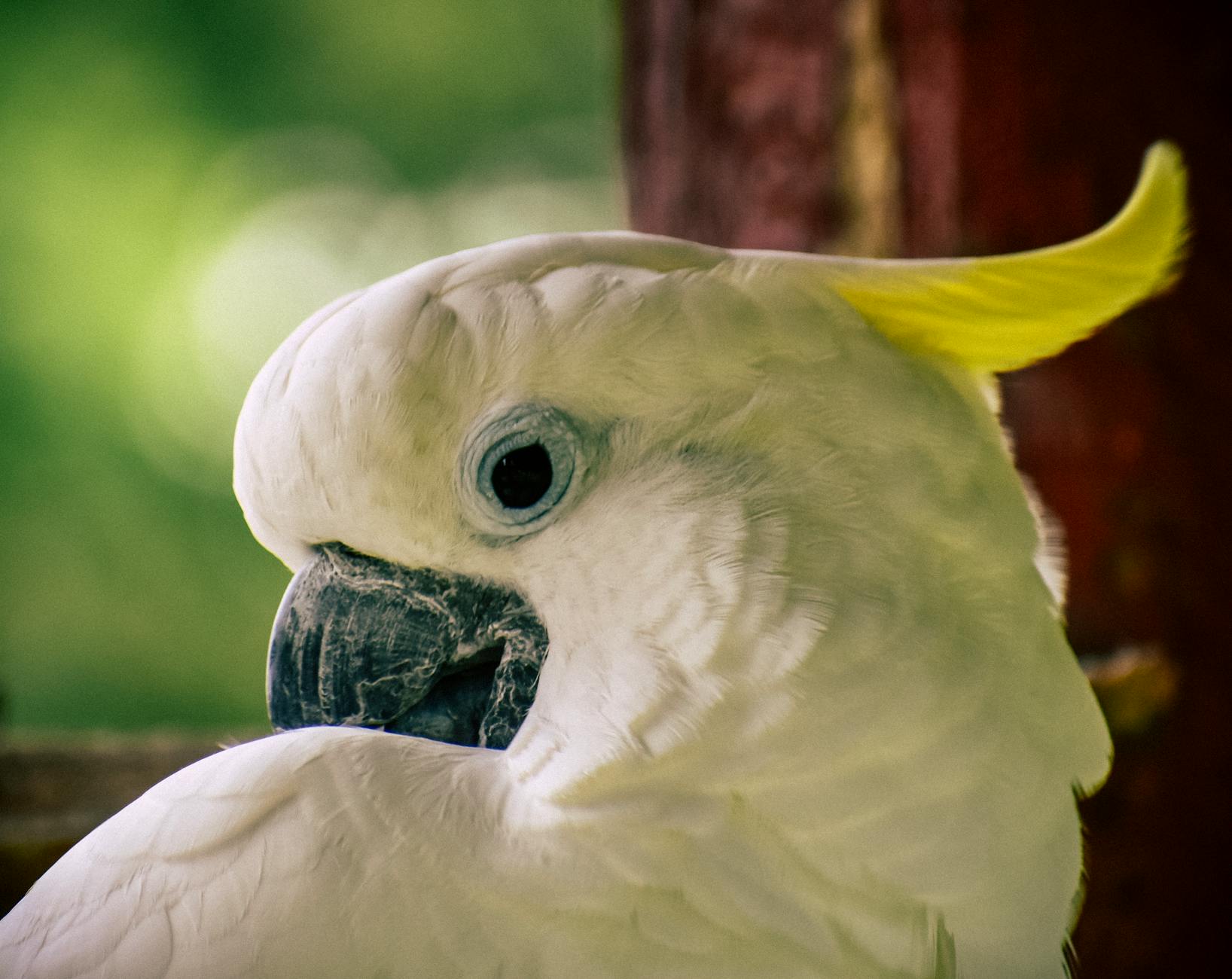Pawsome Guide: No-Exp Pet Sitting 101

Pet sitting can be a rewarding experience that allows both humans and animals to benefit from each other's company. With the right knowledge and enthusiasm, anyone can become a great petsitter without the need for expensive gadgets or specialized training. In this Pawsome Guide, we'll explore some easy, no-cost strategies for pet sitting that will ensure your furry clients are always happy and safe.
Understanding Pet Needs
Before you dive into the world of pet sitting, it's crucial to understand that each pet has its own unique set of needs. Dogs, cats, birds, reptiles, and small mammals all require different levels of attention, types of food, and amounts of exercise. Doing some research on the specific needs of the species you'll be meeting is the first step to success.
Dogs and Puppies
-
Exercise: Dogs need daily walks to keep them fit and to burn off energy. You can do this without any special equipment, just a leash and some time.
-
Feeding: Stick to the feeding schedule and diet provided by the owner. Do not give humans food without permission, as it could be harmful.
-
Playtime: Engage in regular play sessions using the pet's toys to keep them mentally stimulated.
Cats and Kittens
-
Litter Box: Keep the litter box clean. This is essential for the cat's health and comfort.
-
Feeding: Cats usually have a set feeding routine. Ensure you follow it, and always provide fresh water.
-
Interaction: While cats are often more independent, they still appreciate playtime with cat-friendly toys or a simple laser pointer.
Safety First
Ensuring the safety of the pets under your care should be your top priority. Here are some tips to keep in mind:
-
Emergency Information: Have the contact details for the pet’s veterinarian and a list of emergency clinics.
-
Pet-Proofing: Remove any hazards from the pet's environment, such as small objects they could swallow, toxic plants, or electrical cords they might chew.
-
Supervision: Never leave pets unattended in potentially dangerous situations, such as near pools, open windows, or in the car.
Building Trust with Pets
Building a trusting relationship with the animals you're sitting with is key to a successful experience.
-
Patience: Allow pets to come to you on their terms when you first meet. Avoid forcing interactions.
-
Consistency: Use the same commands and routines the owner uses to keep the pet comfortable and secure.
-
Affection: Show the pets love and attention, respecting their personalities and preferences.
Setting a Routine
Pets thrive on routine. Establishing and sticking to a schedule similar to what they are used to will help them feel safe and content.
-
Regular Feeding Times: Offer meals at the same times each day.
-
Consistent Walks and Playtimes: This helps burn off energy and keeps pets engaged.
-
Same Bedtime: If you're staying overnight, observe the pet's usual sleep time.
No-Cost Enrichment Activities
There are plenty of ways to enrich a pet’s experience without spending money:
-
DIY Toys: Create engaging toys from household items, like a cardboard box for cats or a towel tug toy for dogs.
-
New Environments: Offer new sights and smells by walking dogs in different neighborhoods or setting up safe, supervised outings in a secure backyard for cats.
Problem-Solving Without Expenses
Sometimes, pets will demonstrate behavioral issues, but there are often simple, cost-free solutions:
-
Distractions: Redirect unwanted behavior by engaging the pet in a different activity.
-
Positive Reinforcement: Reward good behavior with praise or play instead of treats.
Conclusion
Pet sitting can be a joyful and enriching job that doesn't have to break the bank. By utilizing these no-exp strategies and your love for animals, you can provide exceptional care that keeps pets happy and gives peace of mind to their owners. Remember, the most valuable asset in pet sitting isn't expensive equipment, but time, care, and attention.
Happy Pet Sitting!